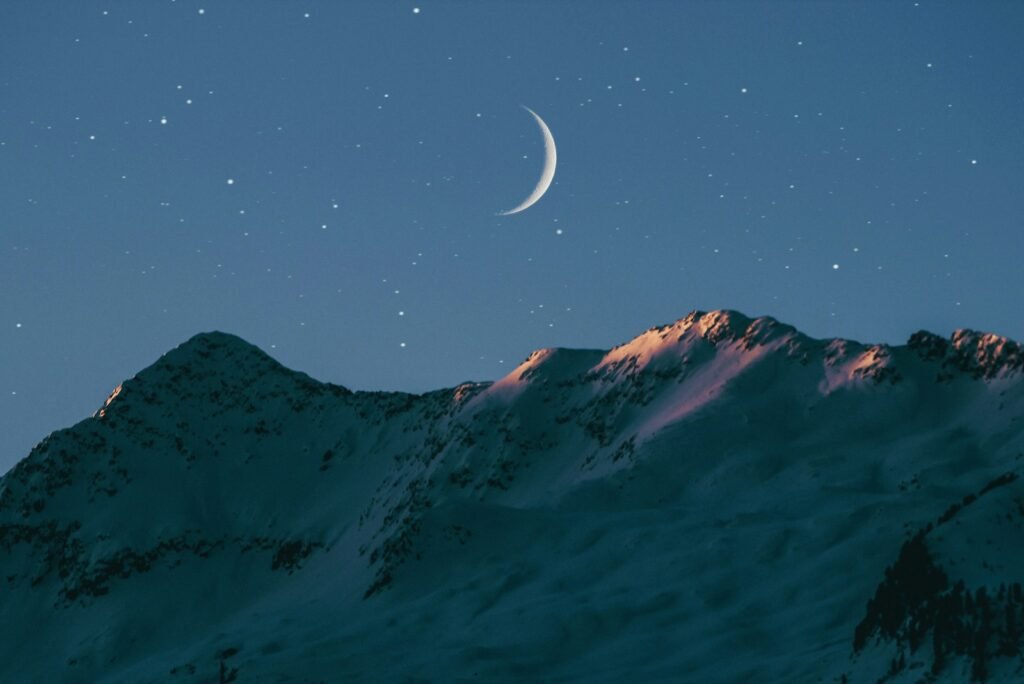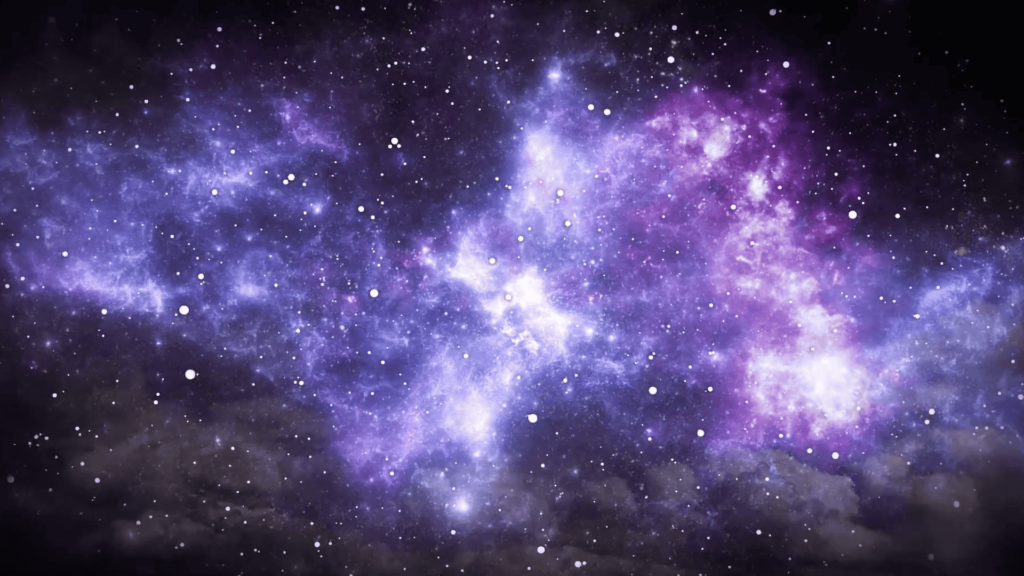The moon, our celestial companion, has been a source of wonder and mystery for centuries. Its presence in the night sky has inspired countless myths and legends. Yet, beyond its poetic allure, the moon plays a significant role in shaping life on Earth. From guiding the migrations of sea creatures to influencing the behavior of nocturnal animals, the moon’s gravitational pull and light cycles have profound effects on the natural world. In this article, we delve into the captivating ways the moon affects animals and nature, revealing the intricate dance between the moon and life on Earth.
Tidal Changes and Marine Life

The moon’s gravitational pull is the primary force behind the ocean’s tides, creating high and low tides that are essential for many marine ecosystems. For instance, intertidal zones, which are areas that are underwater at high tide and exposed at low tide, are thriving hubs of biodiversity. Here, creatures like crabs, starfish, and seaweed have adapted to these rhythmic changes. During high tide, marine life can access new feeding grounds, while low tides expose areas for birds and other animals to forage. The predictable ebb and flow of tides also support spawning and feeding cycles of various fish species, illustrating the moon’s vital role in marine life.
Migratory Patterns of Sea Turtles
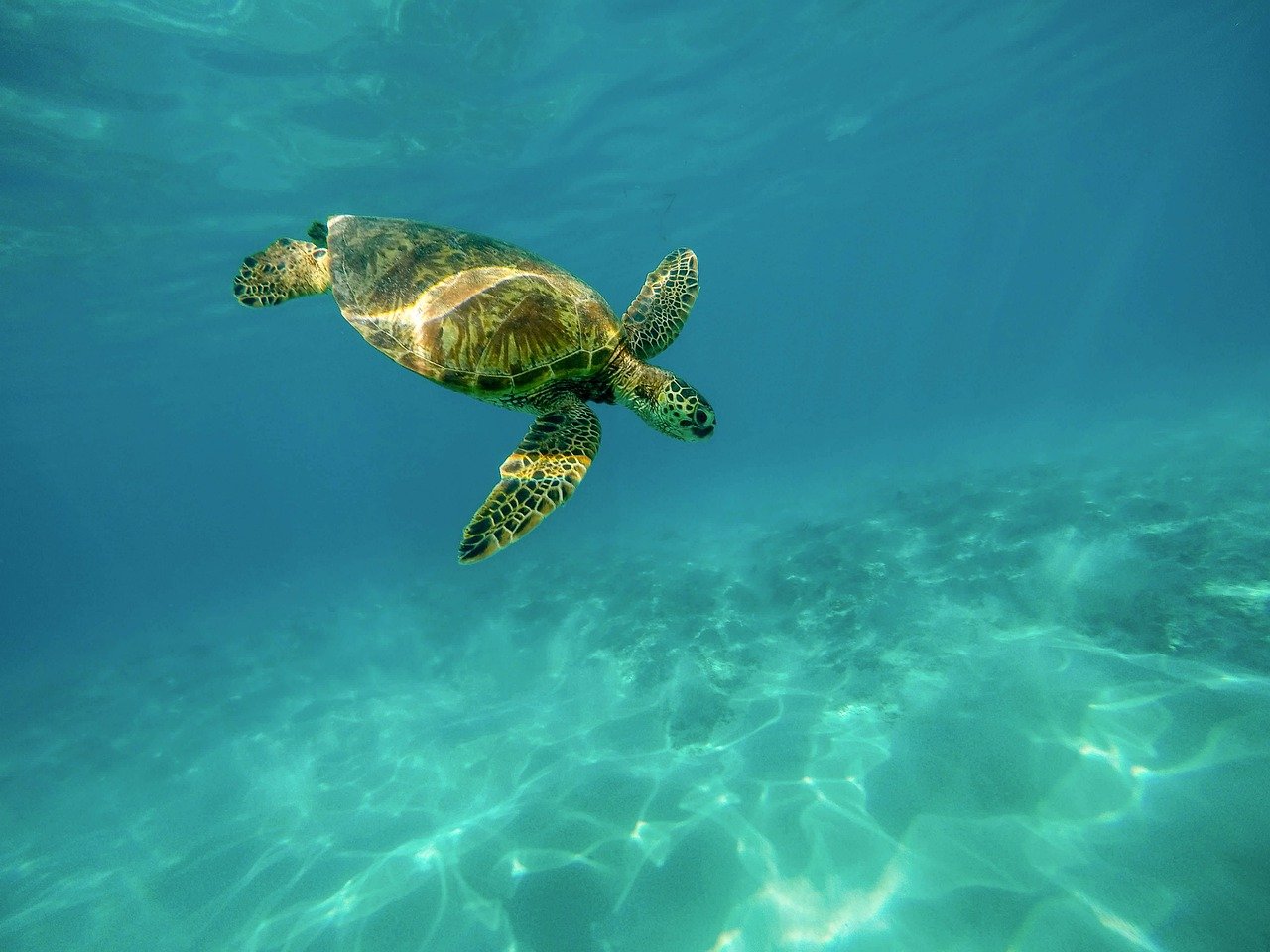
Sea turtles are known for their incredible journeys across oceans, and the moon plays a crucial role in guiding these migrations. During nesting season, female sea turtles rely on the moon’s position to find their way back to the beaches where they were born. The moonlight reflecting off the ocean surface helps them navigate, ensuring the continuation of their species. Hatchlings, too, use the moon’s light to find their way to the sea after emerging from their nests. Without the moon’s guidance, these delicate creatures would struggle to survive, highlighting the moon’s indispensable influence on their life cycle.
Moonlight and Nocturnal Behavior
For many nocturnal animals, the moon acts as a natural spotlight, influencing their behavior and activities. Predators like owls and bats rely on moonlit nights to hunt, as the increased visibility allows them to spot prey more easily. Conversely, some prey animals, such as rodents, may become less active during full moons, seeking shelter to avoid detection. This dynamic creates a delicate balance between predator and prey, with the moonlight dictating the rhythm of the night. The moon, thus, orchestrates a nightly drama in the animal kingdom, affecting survival strategies and interactions.
Reproductive Cycles of Corals
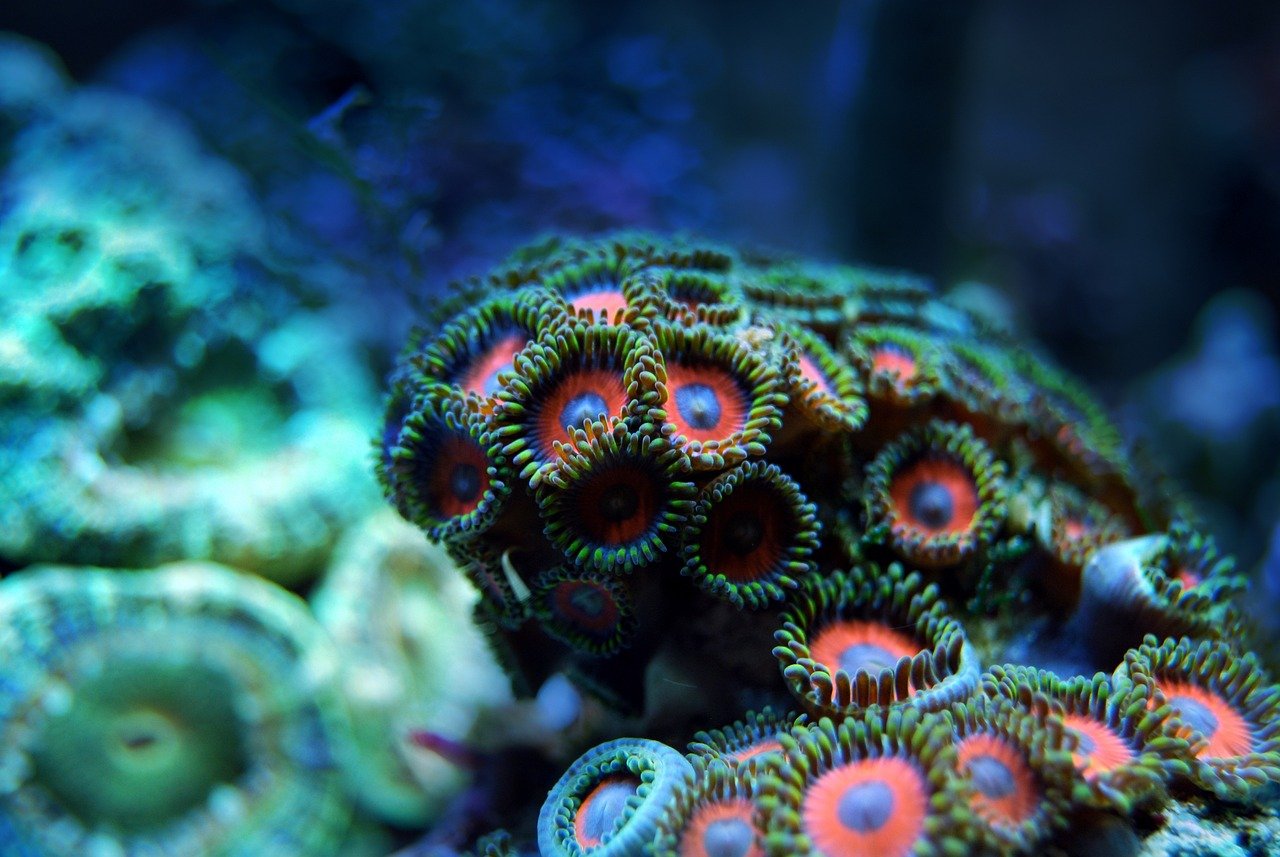
Coral reefs, often referred to as the “rainforests of the sea,” are deeply connected to the lunar cycle. Many coral species engage in synchronized spawning events that are timed with the full moon. This mass reproduction ensures that a vast number of gametes are released simultaneously, increasing the likelihood of successful fertilization. The moon’s light and gravitational forces provide the cue for these events, illustrating the intricate relationship between celestial cycles and marine life. This synchronization is crucial for the health and survival of coral ecosystems, impacting the myriad species that depend on them.
Insect Activity and the Lunar Cycle
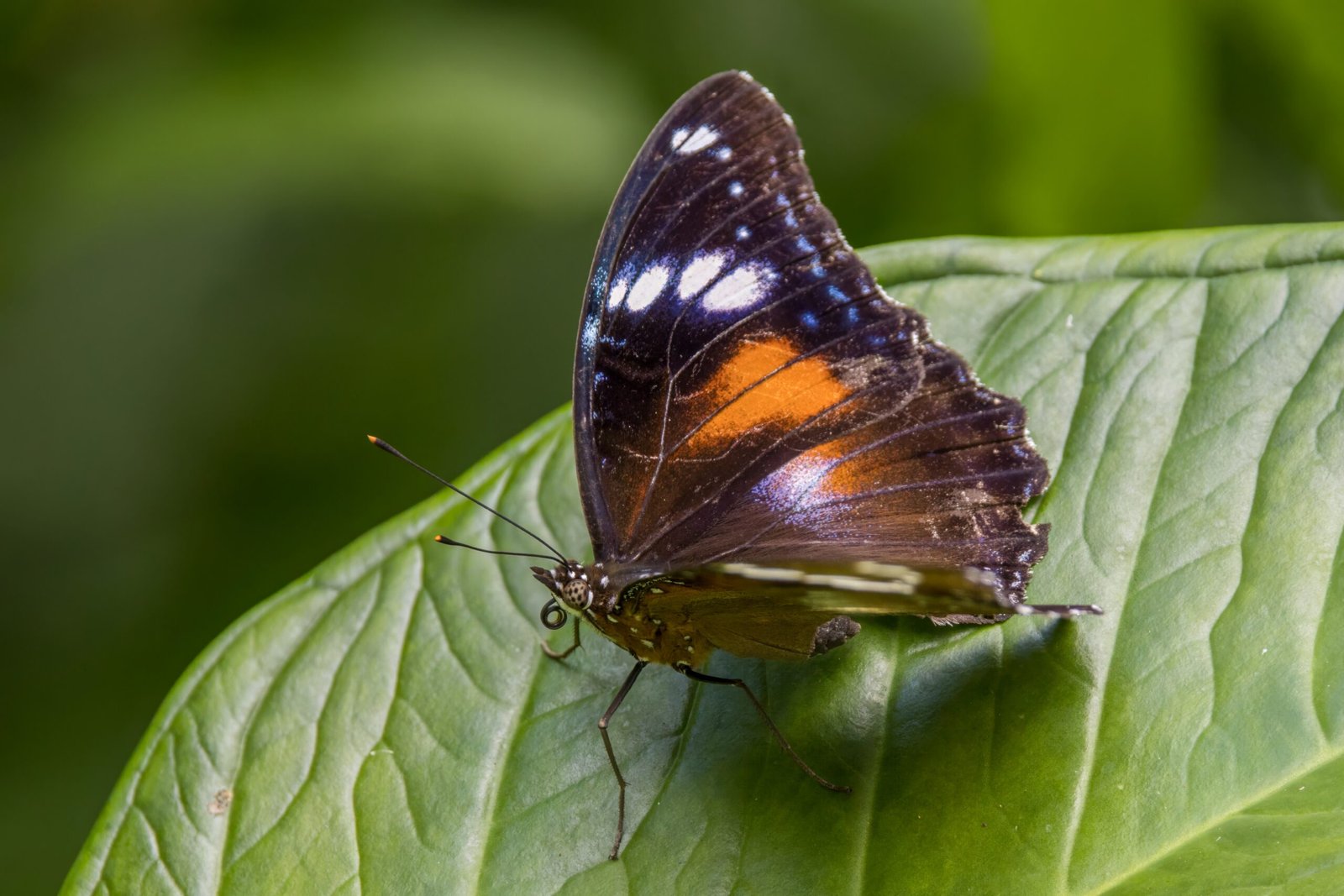
Insects, too, are influenced by the moon, with certain species displaying heightened activity during specific lunar phases. For example, some moths and beetles are more active during full moons, when the increased light aids in navigation and mating rituals. Conversely, other insects may become less active to avoid predation. The lunar cycle can also affect insect breeding patterns, with some species timing their reproduction with the moon’s phases to optimize survival rates. The moon, therefore, acts as a natural regulator, guiding the rhythms of the insect world.
Bird Navigation and the Moon
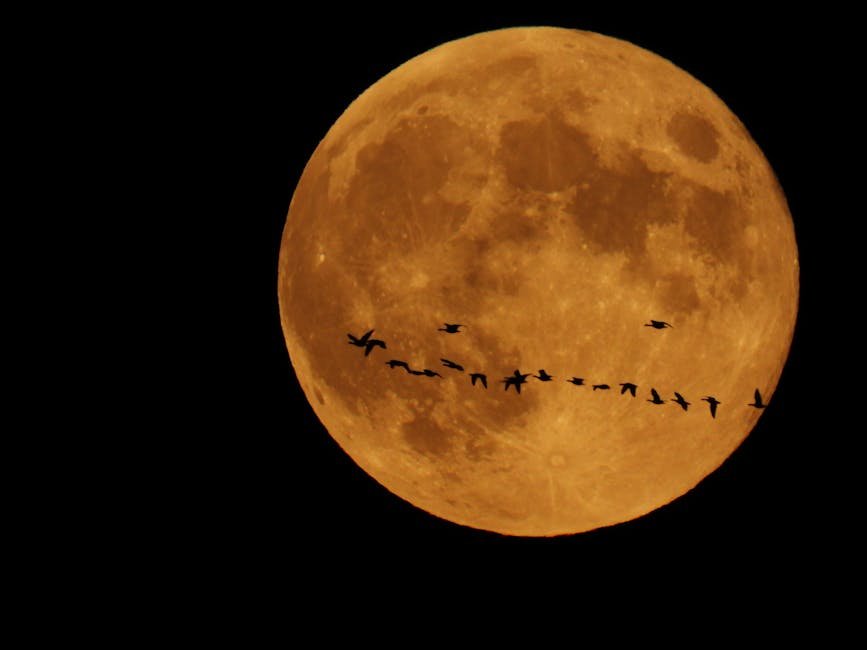
Migratory birds undertake remarkable journeys, often spanning thousands of miles, and the moon plays a vital role in these epic flights. Many bird species use the moon as a navigational aid, relying on its position in the sky to orient themselves during nocturnal migrations. The moonlight provides a visual cue, helping birds maintain their course over vast distances. This celestial guide is especially crucial for birds traveling across oceans or barren landscapes, where landmarks are scarce. The moon’s presence in the sky serves as a beacon, guiding avian travelers on their long and arduous journeys.
Human Connection to the Moon
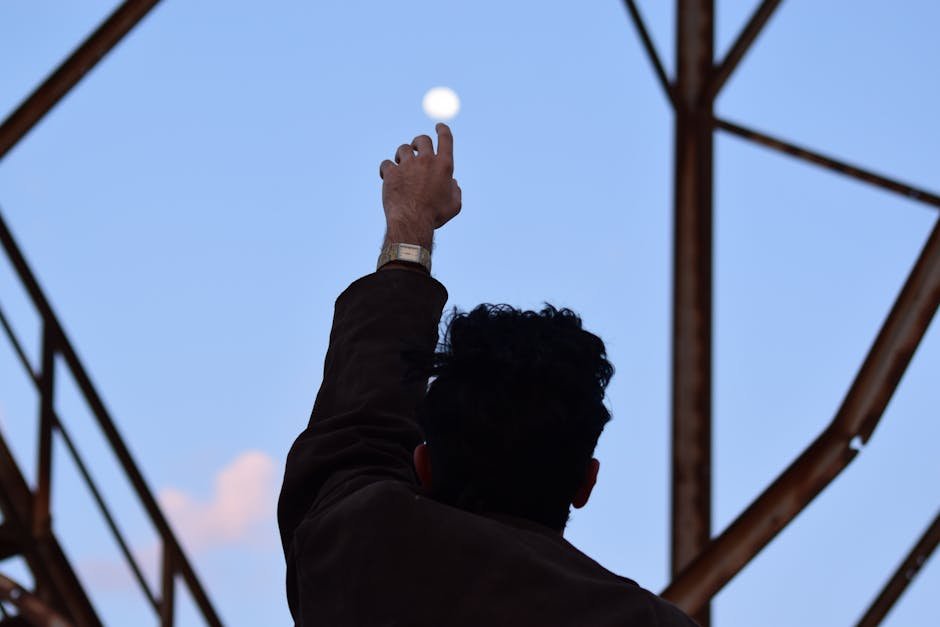
While much of this article focuses on animals, it’s worth noting that humans, too, have a profound connection to the moon. For centuries, the moon has influenced human culture, agriculture, and even biology. Farmers have historically used lunar phases to guide planting and harvesting, believing that certain crops fare better when sown at specific times in the lunar cycle. Additionally, some studies suggest that human sleep patterns and moods may be subtly influenced by the moon, though this remains a topic of debate. The moon’s impact on humanity is a testament to its enduring presence in our lives, shaping not only the natural world but also human civilization.

